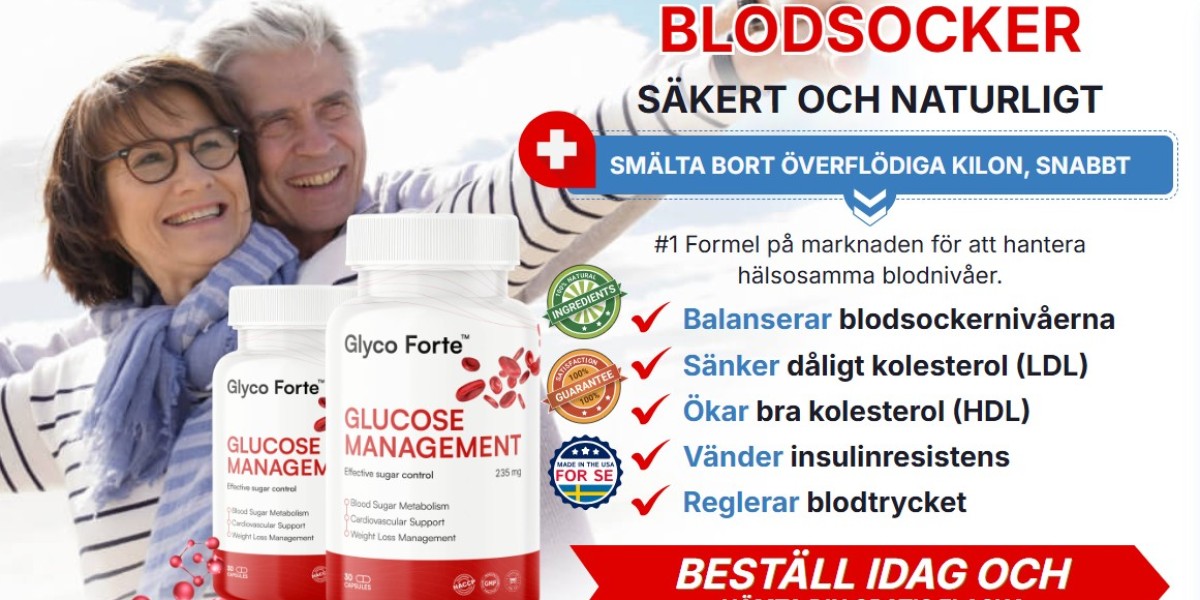Knee pain is often associated with aging, but many young adults also experience persistent discomfort that can interfere with their daily activities. Whether you are an athlete, a fitness enthusiast, or someone with a sedentary lifestyle, knee pain can be a frustrating issue. Understanding the causes of knee pain in young age and seeking the right knee pain treatment is crucial for maintaining long-term joint health.
Common Causes of Knee Pain in Young Adults
1. Overuse and Repetitive Strain
Young adults who engage in high-impact sports, running, or weightlifting may experience overuse injuries. Activities that put excessive strain on the knee joint can lead to conditions such as:
Patellofemoral Pain Syndrome (Runner’s Knee) – Pain around the kneecap due to improper tracking.
Jumper’s Knee (Patellar Tendinitis) – Inflammation of the tendon connecting the kneecap to the shinbone.
2. Ligament and Cartilage Injuries
A sudden twist or impact can cause ligament or cartilage damage, leading to knee instability and pain. Common injuries include:
ACL (Anterior Cruciate Ligament) Tears – Common in athletes involved in football, basketball, and skiing.
Meniscus Tears – Caused by sudden twisting or squatting movements.
3. Improper Posture and Weak Muscles
Poor posture and weak quadriceps or hamstrings can misalign the knee joint, leading to strain and discomfort. Many young adults working long hours in front of a computer may develop postural imbalances affecting their knees.
4. Obesity and Excess Weight
Excess weight puts additional pressure on the knee joints, accelerating cartilage wear and tear and increasing the risk of early osteoarthritis.
5. Vitamin D and Calcium Deficiency
Lack of essential nutrients like calcium and vitamin D can weaken bones, making them more prone to stress fractures and knee pain.
6. Underlying Medical Conditions
Certain medical conditions can also contribute to knee pain in young individuals:
Rheumatoid Arthritis – An autoimmune disorder causing joint inflammation.
Gout – A type of arthritis caused by uric acid buildup in the joints.
Osgood-Schlatter Disease – Common in teenagers, causing pain at the front of the knee.
Symptoms of Knee Pain in Young Adults
The symptoms of knee pain vary depending on the underlying cause. Some common signs include:
✅ Persistent pain around the kneecap or joint
✅ Swelling and stiffness
✅ Clicking or popping sounds while moving the knee
✅ Difficulty in bending or straightening the leg
✅ Instability or feeling of the knee “giving out”
If knee pain persists for more than a few weeks, it is important to consult a knee pain specialist for a proper diagnosis and treatment.
Effective Knee Pain Treatment Options
1. Home Remedies and Lifestyle Changes
For mild cases of knee pain, self-care and lifestyle modifications can be effective:
✔ Rest & Ice Therapy – Reduces swelling and inflammation.
✔ Compression & Elevation – Helps in controlling swelling.
✔ Maintain a Healthy Weight – Reduces stress on knee joints.
✔ Strengthening Exercises – Focus on quadriceps, hamstrings, and hip muscles.
✔ Proper Footwear – Supportive shoes can prevent misalignment.
2. Physiotherapy and Rehabilitation
A knee pain specialist may recommend physiotherapy to strengthen muscles around the knee and improve joint stability. Common exercises include:
Leg raises
Quadriceps strengthening
Hamstring curls
Balance exercises
3. Medications for Pain Management
For moderate knee pain, NSAIDs (Non-Steroidal Anti-Inflammatory Drugs) like ibuprofen can help reduce inflammation. In some cases, steroid injections may be prescribed for severe pain relief.
4. Advanced Non-Surgical Treatments
Platelet-Rich Plasma (PRP) Therapy – Uses the patient’s own platelets to promote healing.
Radiofrequency Ablation (RFA) – Helps in chronic knee pain relief.
Chiropractic Therapy – Improves knee joint alignment and function.
5. Surgical Options for Severe Cases
If non-surgical treatments fail, surgery may be required:
Arthroscopy – A minimally invasive procedure to repair ligament/cartilage damage.
Knee Osteotomy – Used for correcting knee alignment.
Partial or Total Knee Replacement – Recommended for severe joint degeneration.
When to See a Knee Pain Specialist?
It’s important to consult a knee pain specialist if you experience:
? Severe or worsening pain
? Swelling that doesn’t improve with rest
? Difficulty walking or bearing weight
? Knee instability or frequent locking
Conclusion
Knee pain in young adults is more common than you think, but early diagnosis and proper treatment can prevent long-term complications. Whether your pain is due to sports injuries, poor posture, or an underlying condition, consulting a knee pain specialist can help you find the right knee pain treatment for long-term relief.
If you are struggling with knee pain, book a consultation with Swasthya Saarthi’s expert orthopaedics and physiotherapists for a personalized treatment plan!









